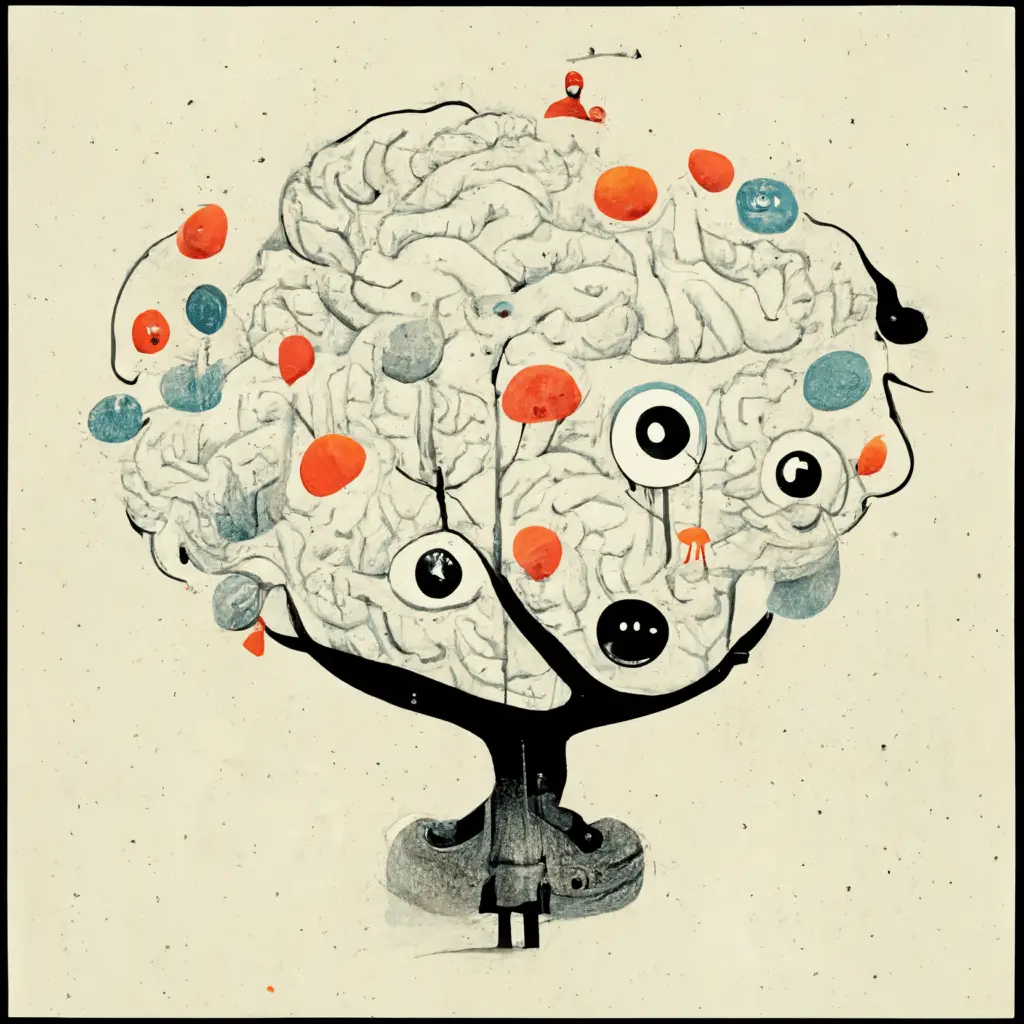
Collectivism, in psychology, is how humans seek to identify together and prioritize their goals and aspirations. Collectivism is the opposite of individualism and puts the benefit of the group above the individual person. It also tends to require people to focus more on fitting into the norms of the group’s behavior and practices. Being different can often result in being ostricized far quicker than in other societies.
Many Asian countries, like China, for example, are considered collectivist societies, whereas many countries in the west tend to be more individualistic.
Why Collectivism Matters in Psychology
Collectivism plays a significant role in understanding human behavior and relationships. Picture collectivism as a big team sport, where everyone is working together for a shared goal, cheering each other on, and wearing matching uniforms. In this team, each player’s strengths and weaknesses matter, but the focus is on the group’s success as a whole.
Knowing whether a society leans towards collectivism or individualism can help psychologists predict and explain cultural behaviors, attitudes, and values. It can also provide insight into how people cope with stress, make decisions, and navigate social situations.
The Driving Forces Behind Collectivism
Collectivism, much like a recipe handed down through generations, is rooted in cultural and social factors. Key ingredients include tradition, history, religion, and even economic systems. It’s crucial to remember that no two collectivist societies are the same; each has its unique blend of factors that contribute to its particular flavor of collectivism.
The Importance of Harmony
One of the main reasons collectivism thrives is because it emphasizes harmony and interdependence within the group. Think of it like an orchestra, where each instrument plays a vital role in creating a beautiful symphony. If even one instrument is out of tune, the whole performance could be ruined. Similarly, in collectivist societies, maintaining group harmony is vital for the overall well-being of the community.
Hierarchy and Respect
Another cornerstone of collectivism is the respect for authority and hierarchy. Imagine a ladder, with each rung representing a different level of status or authority. In collectivist cultures, people understand their place on the ladder and show respect and deference to those above them. This respect helps to maintain order and stability within the group.
The Pros and Cons of Collectivism
Just like any ice cream flavor, collectivism has its fans and critics. Some of the benefits of collectivism include strong social support networks, a sense of belonging, and group solidarity. On the other hand, critics argue that collectivism can lead to a lack of personal autonomy, stifled creativity, and suppression of individual rights.
The Bright Side: Social Support and Belonging
One of the most significant advantages of collectivism is the strong social support network it provides. People in collectivist societies often have close-knit families and friend groups, which act as a safety net in times of need. It’s like having a cozy blanket to snuggle up with on a cold winter’s night.
The Dark Side: The Cost of Conformity
However, collectivism also has its drawbacks. The pressure to conform and prioritize the group’s needs can lead to a lack of individual expression and creativity. Picture a box of crayons, where every crayon is the same color. While this might make for a harmonious picture, it lacks the vibrancy and diversity that comes from having many different colors.
Examples of Collectivism in Action
Now that we’ve delved into the nuts and bolts of collectivism, let’s take a look at some examples from around the world.
Japan: Group Harmony and Consensus
In Japan, the principle of “wa” or harmony is highly valued. It emphasizes group harmony and consensus decision-making. This is seen in various aspects of Japanese culture, from their education system to their business practices. An example of this is the practice of “nemawashi,” where decisions are made by gaining the consensus of all involved parties before moving forward.
India: Extended Family and Interdependence
India offers another example of collectivism, with its emphasis on extended family and interdependence. The joint family system, where multiple generations live under one roof, is a common living arrangement. This setup reinforces the importance of family bonds, shared responsibilities, and mutual support.
In conclusion, collectivism in psychology helps us understand how individuals identify and prioritize their goals within a group setting. By examining collectivist societies, we can gain insight into cultural behaviors, attitudes, and values, and better understand the factors that shape human behavior.
Collectivism emphasizes harmony, interdependence, and respect for hierarchy, leading to strong social support networks and a sense of belonging. However, it also comes with potential drawbacks, such as a lack of personal autonomy and stifled creativity.
Examples of collectivism can be found in countries like Japan, where group harmony and consensus are highly valued, and India, where extended family systems foster interdependence. By recognizing and appreciating the nuances of collectivism, we can foster a deeper understanding of the diverse ways people interact and thrive within their communities.




